
Recentemente qualcuno mi ha chiesto: “Gli Italiani hanno uno stile di vita frenetico o lento?”
Recently someone asked me:
“Do Italians have a hectic or slow lifestyle?”
Io ho risposto: Hai mai sentito parlare di vivere la bella vita, il dolce far niente, e lasciare andare??? Insomma, queste idee incarnano la filosofia degli italiani di rallentare e godersi la vita.
I replied: have you ever heard of the unique concepts of Italians—that is, living the good life, the joy of doing nothing, and the art of letting go??? In short, these ideas embody the philosophy of Italians to slow down and enjoy life.
Quando sono arrivata a Firenze per la prima volta—per qualche mese di studio—ho notato alcune differenze tra la vita italiana e la mia cultura. La prima differenza che ho notato tra Firenze e l’America era il ritmo.
When I arrived in Florence for the first time — for a few months I study — I noticed some differences between Italian life and my culture. The first difference I noticed between Florence and America was the pace.

A casa in America le cose vanno molto veloce. Le persone hanno sempre fretta. Lavorano lunghe ore, partono da casa presto della mattina e tornano tardi. I bambini sono impegnati nello sport e di corsi speciali dopo la scuola. Durante la fine settimana le famiglie corrono da una partita ad un’altra e dopo quello i genitori tornano in ufficio o finiscono i loro lavori a casa. Sembra che i computer non siano mai spenti.
At home in America, things move very fast. People are always in a hurry. They work long hours, leave home early in the morning and come back late. Children are busy with sports and special courses after school. During the weekend, families run from one game to another and after that, the parents go back to the office or finish their chores at home. It seems like computers are never turned off.

Non c’è molto tempo per rilassarsi o staccare la spina. Non c’è tempo per preparare i pasti o cenare insieme perché tutti vanno in direzioni opposte. Per accomodare le diverse orari e ritmi frentetici negli Stati Untiti si sono sviluppati ristoranti fast food.
There isn’t much time to relax or take a break to catch one’s breath. There is no time to prepare meals or have dinner together because everyone is going in opposite directions. To accommodate all the different schedules and this frenetic pace, fast-food restaurants developed in the States.
Anch’io sono colpevole di vivere in questo modo. Sono una persona energetica che vive una vita frenetica piena di impegni e non ho tempo per cucinare. Ho sempre una lista di cose da fare che non finisce mai.
I too am guilty of living this way. I am an energetic person who lives a busy busy life and I don’t have time to cook. I always have a to-do list that never ends.
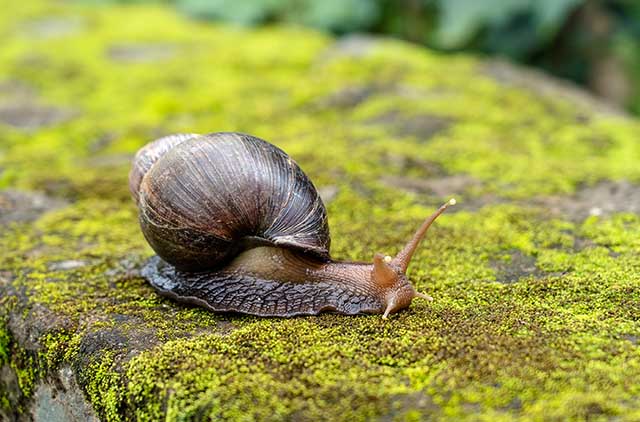
In Italia, invece ho trovato che la vita quotidiana va molto più lenta. All’inizio non mi piaceva che i negozi fossero chiusi durante l’ora di pranzo, che ci fossero scioperi improvvisi, che i pullman non funzionassero con molto frequenza, o che i ristoranti non servissero la cena prima delle otto. Ci sono tanti vantaggi per una cultura di funzionare con precisione ed efficienza, ma col tempo, anche se i modi degli italiani sembravano caotici e capricciosi, mi sono resa conto in realtà gli italiani, a rispetto agli americani, hanno uno stile di vita più sana e meno lunatica perché non sono guidati dalla fretta di fare le cose.
In Italy, however, I have found that daily life goes much slower. At first, I did not like that the shops were closed during lunchtime, that there were sudden strikes, that the buses did not operate very frequently, or that the restaurants did not serve dinner before eight. There are many advantages for a culture to function with precision and efficiency, but over time, even if the ways of the Italians seemed chaotic and capricious, I realized that Italians, compared to Americans, have a healthier lifestyle that is less crazy because they aren’t driven by a rush to get things done.

Secondo me gli Italiani sanno bene come rallentarsi per godersi i piccoli momenti. Passano lunghe ore di relax in spiaggia, a tavola, in cucina, in piazza, e nei bar prendendosi un caffè o godendosi l’ora di aperitivo bevendo uno Spritz! Gli Italiani sono un popolo molto socievole e i rapporti tra persone sono importanti.
In my opinion, Italians know very well how to slow down to enjoy the little moments. They spend long hours relaxing on the beach, at the table, in the kitchen, in the square, and in the bar, having a coffee or enjoying an aperitif with a Spritz! The Italians are very social people and relationships between people are very important.
Osservando tutto questo, in Italia ho scoperto qualcosa squisitamente delizioso. Ho imparato “il dolce far niente” — la dolce gioia di non fare nulla. I miei mentori sono stati i miei amici italiani che, da una parte lavorano sodo, e dall’altra abbracciano la dolce gioia di “lasciar andare tutto.”
Observing all this, in Italy I discovered something exquisitely delicious. I learned “the sweet doing nothing”. My mentors were my Italian friends who, on the one hand, work hard, and on the other embrace the sweet joy of “letting go of everything.”
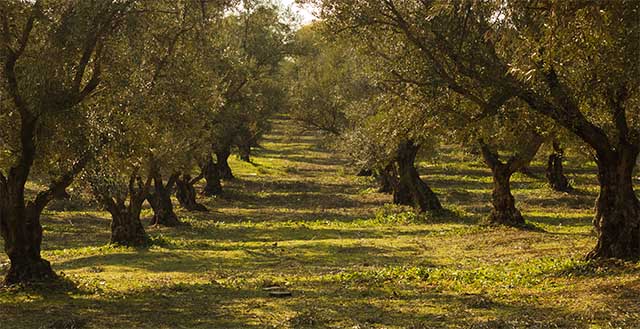
In Italia, mi sono adattata rapidamente. Ho imparato a rallentarmi “slow down” per vivere nel momento. Quando lo faccio posso apprezzare i milioni di cose minuscole e insignificanti che rendono la vita così abbondante e ricca—la luce che filtra tra gli alberi in un uliveto, i colori delle pietre di marmo sulla facciata di una cattedrale, le vetrine artisticamente allestite, gli anziani che fanno le passeggiate in piazza. Mi fermo per sentire tutti i suoni — dal suono delle campane al rumore stridulo delle ambulanze. Quando mi rallento trovo la bellezza in ogni cosa e sembra che la vita abbia più significata.
In Italy, I adapted quickly. I learned to “slow down” to live in the moment. When I do, I can appreciate the millions of tiny and insignificant things that make life so abundant and rich—the light filtering through the trees in an olive grove, the colors of the marble stones on a cathedral facade, the artistically set up shop windows, the elderly people taking walks in the square. I stop to hear all the sounds – from the ringing of bells to the screeching noise of ambulances. When I slow down I find beauty in everything and it seems that life has more meaning.

Certo, dopo il cavallo del secolo e dopo la prima e la seconda guerre, con l’industrialismo e le tecnologie moderne, lo stile di vita degli italiani ha cambiato velocemente. Il movimento di futurismo rifletta questa frenesia e desiderio di riconciliare vecchio e nuovo. Si vede questo, nei dipinti dei pittori del futurisiti italiani che hanno cercato di fondere la vitalità e l’energia del mondo moderno per adattarsi e dare un senso a tutto questo.
Of course, after the turn of the century and after the first and second wars, with industrialism and modern technologies, the lifestyle of the Italians changed quickly. Take for instance the Italian art movement of Futurism that tried to reconcile the old and new. You can see this in the paintings of the Italian futurist painters who tried to blend the vitality and energy of the modern world to adapt and make sense of it all.

Oggi le famiglie italiane hanno anche molto da fare e corrono da un’attività ad un’altra. Ma alla fine del giorno, gli italiani accolgano le tradizioni, la famiglia e vivere bene. È nella loro natura. Infatti, in Italia, più che in qualsiasi altro paese che io conosco, lavoro e famiglia sono più equilibrati. È profondamente radicato nel modo di pensare degli italiani che il lavoro deve essere secondario rispetto al godimento della vita. Gli Italiani lavorano per vivere, non vivano per lavorare.” Questa filosofia e molto diversa della mantra yuppie degli anni ottanta “lavora duro, gioca duro.”
Today, Italian families also have a lot to do and run from one activity to another. But at the end of the day, Italians welcome traditions, family and live well. It is in their nature. In fact, in Italy, more than in any other country I know, work and family are more balanced. It is deeply rooted in the Italian way of thinking that work must be secondary to the enjoyment of life. Italians work to live, they don’t live to work. ” This philosophy is very different from the 1980s yuppie mantra “work hard, play hard.”
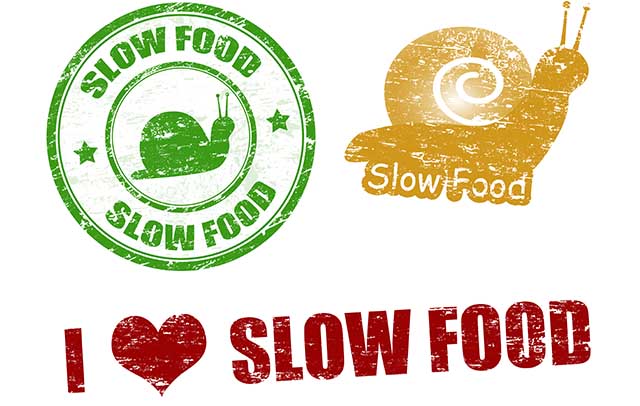
Italia è anche una nazione di amanti di cibo che considerano mangiare un momento sociale e cucinare una forma d’arte. Quindi ha senso che in Italia è nato il movimento di “Slow Food.” È stato avviato da Carlo Petrini e da un gruppo di attivisti negli anni ottanta dopo una dimostrazione sul sito previsto di un McDonald’s a Piazza di Spagna a Roma. L’obiettivo iniziale era di difendere le tradizioni regionali, il buon cibo, il piacere gastronomico e un ritmo di vita lento.
Italy is also a nation of food lovers who consider eating a social moment and cooking an art form. So it makes sense that the “Slow Food” movement was born in Italy. It was started by Carlo Petrini and a group of activists in the 1980s after a demonstration on the planned site of a McDonald’s in Piazza di Spagna in Rome. The initial goal was to defend regional traditions, good food, gastronomic pleasure, and a slow pace of life.
In Italia è nato anche i movimenti di Slow Travel e Slow Città. La rete Slow Città, ispirata al movimento Slow Food, è nata ad Orvieto nel mille nove cento novanta nove (1999) e, attraverso una serie di iniziative, incoraggia le persone ad adottare ritmi più lenti, ad essere più attenti all’ambiente e alla natura, ad avere una più profonda apprezzamento per le tradizioni culturali e gastronomiche.
The Slow Travel and Slow Città movements were also born in Italy. The Slow City network, inspired by the Slow Food movement, was born in Orvieto in 1999 and, through a series of initiatives, encourages people to adopt slower rhythms, to be more attentive to the environment and nature, to have a deeper appreciation for cultural and gastronomic traditions.
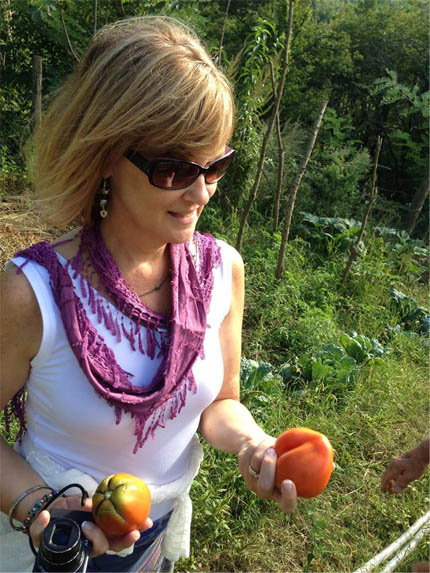
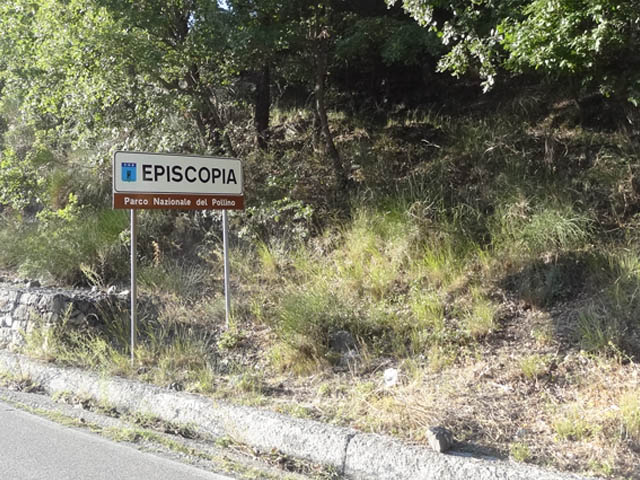
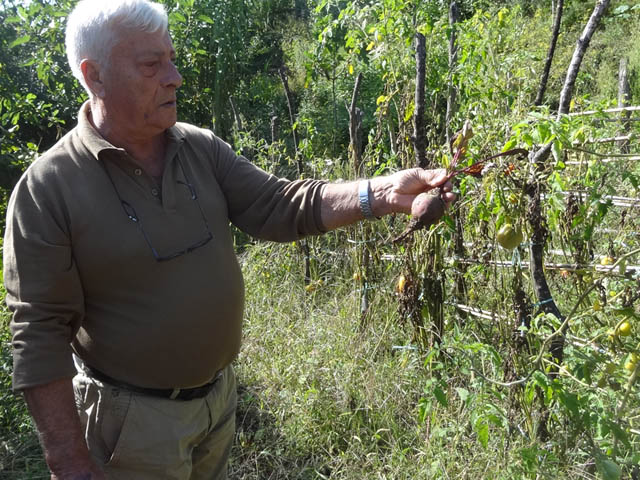
Io ho vissuto Slow Food, Slow Travel e Slow Città—tutte tre cose—quando sono andata a trovare la mia amica che abita ad Episcopia, una piccola piccola città nella Basilicata. È stata lì che ho scoperto il concetto di “cibo a chilometri zero.” Questa frase significa che si può vivere molto bene fare solo pochi passi nell’orto per raccogliere tutto ciò che è necessario per mangiare bene. Ci sono tantissimi vantaggi di questo sistema. Costa meno. E’ sostenibile e i prodotti sono più freschi e sani.
I have experienced Slow Food, Slow Travel, and Slow City — all three things — when I went to visit my friend who lives in Episcopia, a small little town in Basilicata. It was there that I discovered the concept of “zero kilometer food.” This phrase means that you can live very well, just take a few steps in the garden to collect everything you need to eat well. It is sustainable and the products are fresher and healthier.
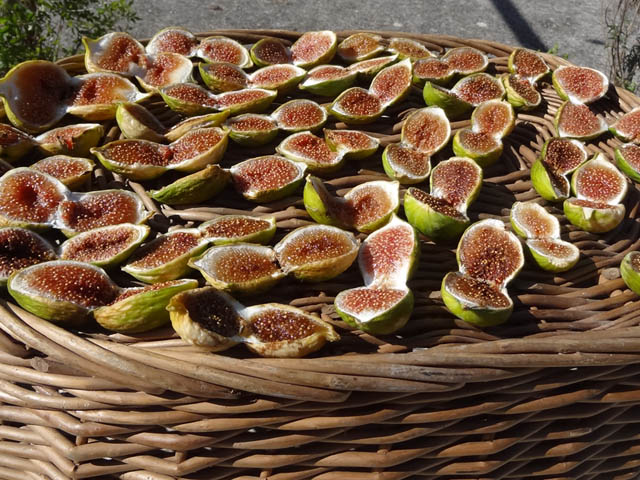
Secondo me, gli Italiani hanno scoperto le chiavi per godersi la vita e vivere in un modo più sano. Quando si rallenta, e si va più lento e si smette di rimuginare—ciò è lasciarsi andare e scoprirsi la dolce gioia di fare nulla—una persona diventa più tranquilla e felice. C’è più tempo per godersi la vita, per osservare la bellezza in ogni cosa e per approfondire i rapporti con le altre persone.
In my opinion, Italians have discovered the keys to enjoying life and living in a healthier way. When you slow down, and go slower and stop brooding — that is letting go and discovering the sweet joy of doing nothing — a person becomes calmer and happier. There is more time to enjoy life, to observe the beauty in everything, and to deepen relationships with other people.
Come gli Italiani, anch’io voglio rallentarmi di più e “lavorare per vivere e non vivere per lavorare.” Uno “slow stile di vita” per me è la definizione “della vita bella!”
Like the Italians, I too want to slow down more and “work to live and not live to work.” A “slow lifestyle” for me is the definition of “the beautiful life!”
Do you have a “slow travel”, “slow food” or “slow città” experience to share about Italy?
I’d love to hear it! Share your story in the comment box below.
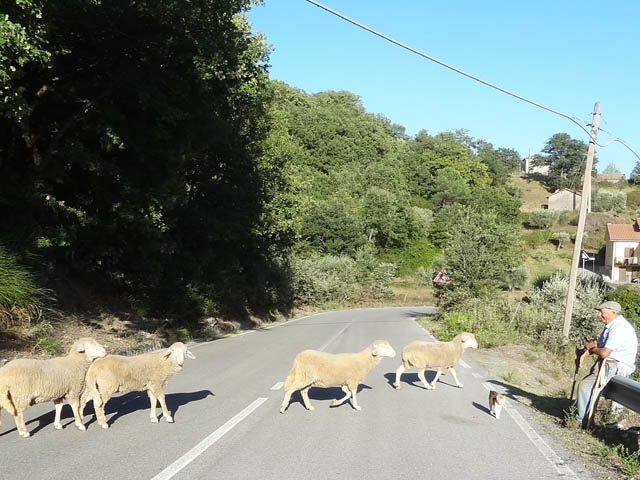




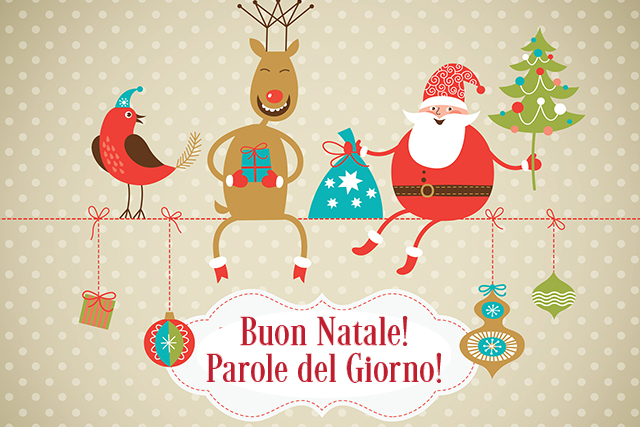
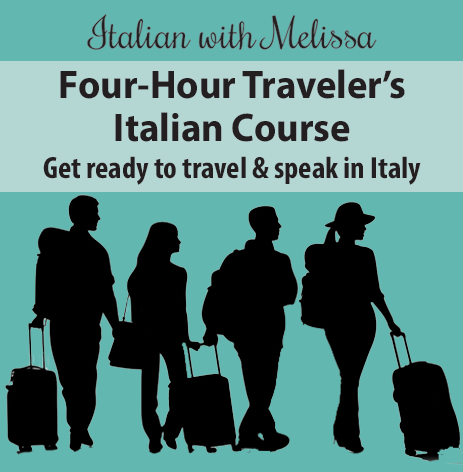






Melissa, As usual, I learn a thing or two from your posts when I take the time to read them. I did not know the Slow Food movement originated in Italy. And, I had not even heard of Slow Travel and Slow Città. It makes perfect sense that the birthplace of these movements would be Italy. Thank you for reminding me to slow down and enjoy “la dolce di far niente”. What a great expression!